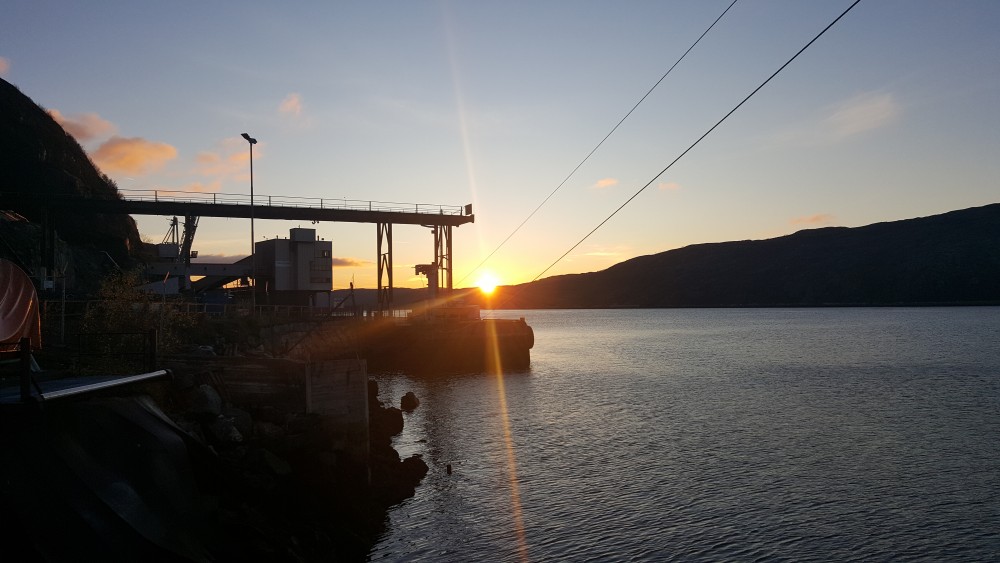A trans-Arctic undersea cable attracts Norwegian and Japanese partners
With a data rate of at least 66 terabytes per second, the 10,600 km link is expected to be on of the fastest in the world.

Headed by Sojitz trading house, six Japanese partners have now teamed up for the final feasibility study of the trans-Arctic subsea communication cable.
If built, the communication line will be the first connection between East Asia and northern Europe to be laid in Arctic waters north of Russia.
The plan was first conceived in 2018, by a consortium of the Finnish infrastructure company Cinia Ltd and Russia’s mobile phone provider MegaFon.
Cinia and MegaFon signed a Memorandum of Understanding last year.
“Arctic Connect is a real international opportunity. Cinia is very pleased to see broad international interest in the project, and I warmly welcome our new partners from Japan, Norway and Finland to join the Cinia Alliance. The project is moving forward and together we will have an exciting journey to make the plans real,” says Ari-Jussi Knaapila, CEO Cinia.
The Kirkenes-based Sør-Varanger Utvikling is one of the partners in the newly established Bredbåndsfylket Arctic Link AS, a Norwegian company aimed at joining the Cinia Alliance. Alta-based Ishavslink is also a partner company with its existing network of fiber optic cables in Norway’s northernmost region Finnmark.
The six Japanese companies are additional to Sojitz: Hokkaido Electric Power, Kansai Electric Power, Sakura Internet, Atago and Crypton Future Media.
According to Nikkei Asia, these companies will, assuming that the trans-Arctic cable link project moves forward, set up a new company by 2022 to handle the construction and operation of the communication line.
Cinia says construction could take place from 2022 through 2023. Last month, The Barents Observer reported about the ongoing research voyage along Russia’s Northern Sea Route aimed to find the most suitable route to place the subsea cable. Russian research vessel Professor Logachev sailed out from Kirkenes for a three-months work expected to cover about 6,500 km of the route along the north Russian coast.
Cinia Ltd argues that the Arctic cable will not only provide a fast and stable data connection between East Asia and Europe. “The new cable route also supports the development of the Arctic region,” Cinia writes in a press statement this week.
Total costs for the project is expected to be between 80 to 90 billion yen ($758 to $853 million), according to Nikkei Asia.